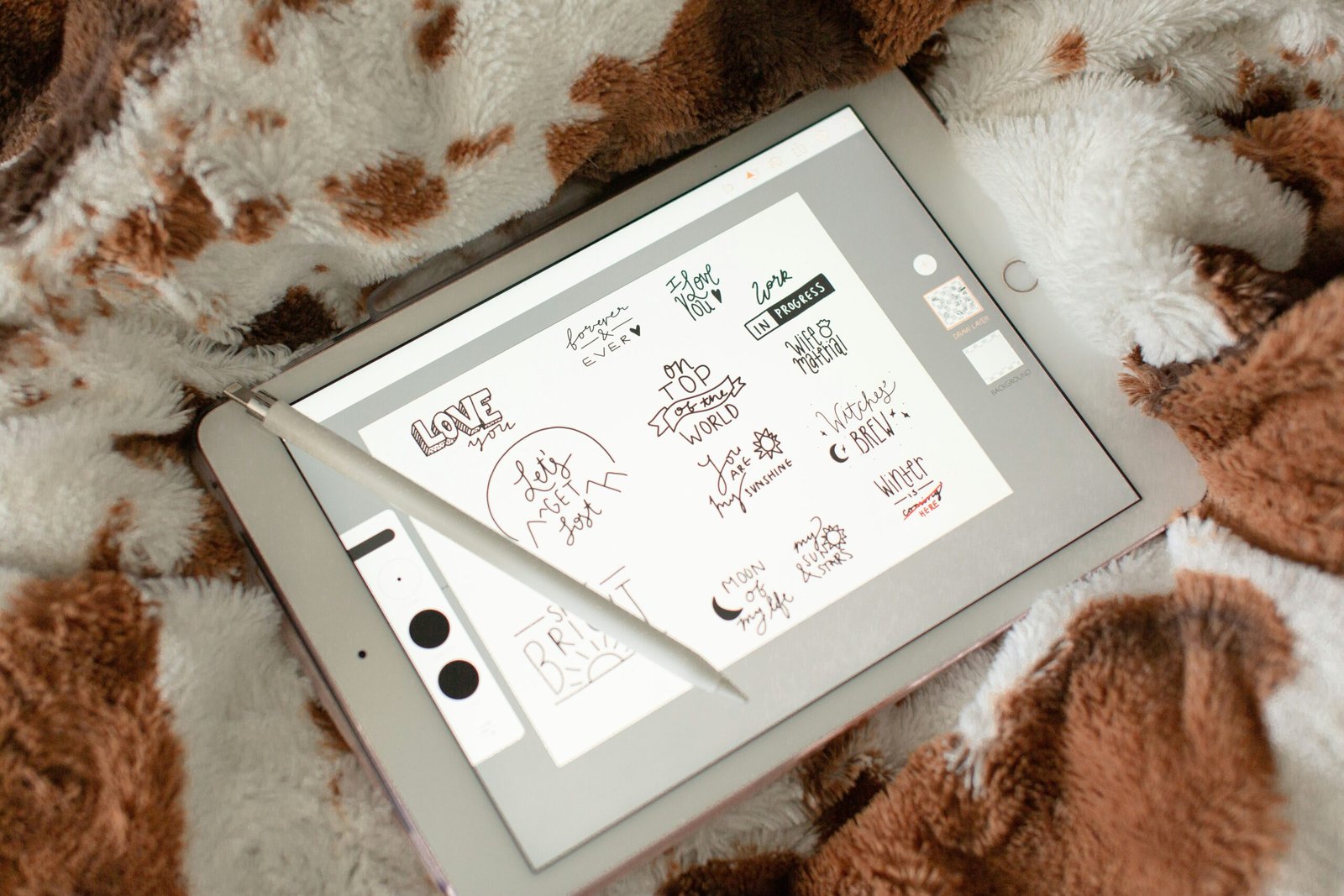If your current digital canvas feels like it’s holding you back, it might be time for an upgrade. Choosing a drawing tablet that blends precision, performance, and portability can be tricky with so many technical specs and mixed reviews out there.
In this guide, we’ll break down the best tablets for drawing—covering pen displays, stylus performance, screen quality, and usability—so you can make an informed choice that fuels your creativity. We’ll also highlight top Amazon recommendations so you can shop confidently.
Best Pen Display Options for Digital Art
Pen displays let you draw directly on the screen, offering a natural, pen-to-paper feel. These models are designed for artists who want professional-level accuracy and vivid color reproduction.
Top features to look for:
- Fully laminated anti-glare display – Reduces reflections and improves clarity.
- Battery-free pen with 8,192+ pressure levels – Captures even the lightest strokes.
- Tilt support – Mimics natural drawing angles for shading and detail work.
- 100% sRGB (or higher) color accuracy – Ensures your work looks the same on-screen and in print.
Example: A 15.6-inch pen display with a matte, anti-glare surface and 100% sRGB coverage is ideal for long design sessions. The high resolution keeps details sharp, while the laminated glass eliminates that annoying “pen gap” between the nib and the line.
Wacom One 12 Pen Display
- Why it’s great: An accessible entry-level pen display with an 11.6″ Full HD screen, anti-glare finish, and smooth pen tracking.
- Best for: Beginners or students wanting to draw directly on-screen without spending on pro-tier models.
- Bonus: Wacom’s pen technology is highly reliable and works with major art software like Photoshop and Clip Studio Paint.
These tablets skip unnecessary shortcut keys, focusing instead on precision and reliability—perfect for artists who want a distraction-free workspace.
Performance & Special Features
The best drawing tablets combine powerful display technology with responsive stylus systems. Here’s what you can expect at the top end:
Display Quality
- 4K or OLED screens for exceptional clarity and vibrant colors.
- Matte-coated screens to reduce glare and keep pen strokes consistent in any lighting.
Stylus Technology
- Pressure sensitivity up to 16,384 levels for subtle shading and line variation.
- Tilt and brush rotation support for realistic sketching and painting.
- Calibrated pen input for pixel-perfect accuracy.
Connectivity & Ergonomics
- USB-C connections for faster data transfer.
- Adjustable stands for comfortable long sessions.
- Optional programmable shortcut keys for efficiency.
Pros:
- Studio-grade display quality with excellent color precision.
- High stylus accuracy for professional detail work.
- Multiple connectivity options, including USB-C and 5G (on select models).
- Adjustable stands for better ergonomics.
Cons:
- Premium features mean higher prices.
- Some models require manual calibration for best results.
- Limited multi-touch support on certain devices.
- May need external peripherals for a complete setup.
Huion Kamvas 16 Gen 3 Pen Display
- Why it’s great: Features a 15.8″ 2.5K QHD display with a matte surface that mimics paper texture.
- Best for: Serious hobbyists and professionals who want a larger workspace and improved stylus precision.
- Bonus: Uses Huion’s PenTech 4.0 for ultra-responsive strokes and excellent color reproduction.
Screenless Tablets: A Budget-Friendly Option
If you’re just starting out or working with a tight budget, screenless pen tablets are worth considering.
They connect to your computer and let you draw on the tablet surface while viewing your work on a monitor.
Why they’re great for beginners:
- Affordable without sacrificing essential features like pressure sensitivity.
- Compact and easy to store.
- Great for learning the basics before upgrading to a pen display.
Wacom Intuos S
- Why it’s great: Compact, portable, and perfect for beginners. Offers reliable pressure sensitivity and Wacom’s proven pen technology.
- Best for: Entry-level artists who want to practice digital art without a large upfront investment.
- Bonus: Works well in small workspaces and pairs easily with laptops.
Quick Buying Tips
- Match the size to your workspace. A 13–15.6 inch display offers a good balance of portability and drawing space.
- Check color accuracy. Look for at least 100% sRGB coverage for professional work.
- Don’t overpay for unused features. If you won’t use multi-touch, tilt recognition, or programmable keys, you can save money by skipping them.
- Test the pen feel. Comfort matters—especially for long sessions.
Final Takeaway
Whether you choose a high-end pen display or a budget-friendly screenless tablet, focus on what truly matters: pen precision, display quality, and comfort. The right tablet can transform your creative process—making it easier to bring your ideas to life.
FAQ
Q: What is the best tablet for professional digital art?
A: High-end pen displays like the Wacom Cintiq Pro series offer 4K resolution, 16,384 pressure levels, and full Adobe RGB coverage—ideal for professional workflows.
Q: Are screenless drawing tablets worth buying for beginners?
A: Yes. They provide solid drawing performance and customizable shortcuts at a fraction of the cost of pen displays.
Q: What’s the difference between a pen display and a pen tablet?
A: Pen displays have a built-in screen you draw on directly. Pen tablets are screenless and require a monitor.
Q: How much pressure sensitivity is necessary for digital art?
A: 8,192 levels is enough for most artists, offering great control over line thickness and shading.
Q: What screen size is best for digital drawing?
A: 13–15.6 inches offers a comfortable balance between space and portability.
Q: Do drawing tablets require special software?
A: They work with popular creative programs like Photoshop, Illustrator, and Clip Studio Paint. Many include bundled software so you can start creating right away.





